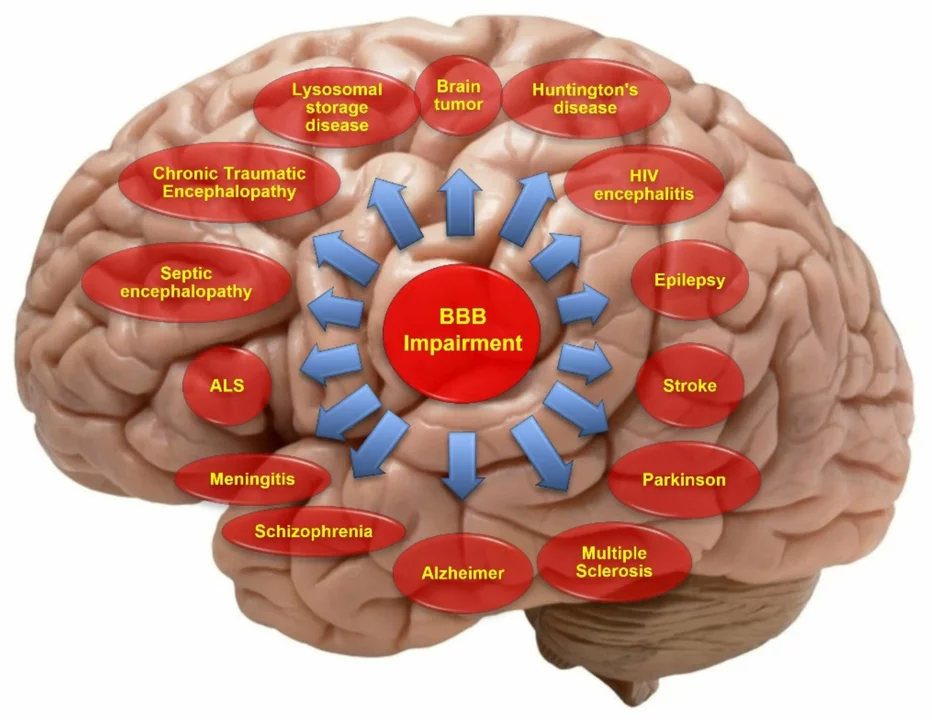ADHD Treatment: Practical Options That Actually Help
If you or someone you care about has trouble with focus, impulsivity, or keeping routines, ADHD treatments can make a big difference.
Treatment usually mixes medication, behavior strategies, and small daily changes. That combo often works better than one thing alone.
Medications
Stimulants are the most common. Drugs like methylphenidate and amphetamine salts boost focus fast and tend to help school and work performance.
They come as short-acting pills you take several times a day and long-acting versions that last all day.
Common side effects are reduced appetite, trouble sleeping, and jitteriness; doctors adjust dose to balance benefit and effects.
Non-stimulant options like atomoxetine, guanfacine, or clonidine help when stimulants aren’t right or cause bad side effects.
Atomoxetine takes longer to work and can affect sleep differently, some people feel drowsy, others notice no change.
Therapy & Daily Strategies
Behavior therapy teaches skills: breaking tasks into steps, using timers, and building routines that stick.
Parent training helps kids at home, while coaching or CBT helps teens and adults manage time, avoid procrastination, and control impulsive choices.
School supports—IEPs, 504 plans, extra time, or seating changes—make day to day learning easier.
Small daily habits add up: consistent sleep, simple to-do lists, exercise, and cutting screen time before bed.
Medication plus therapy often gives the best results. If meds are used, routine checkups track growth, heart rate, mood, and focus so doctors can tweak treatment.
Be upfront with your clinician about substance use, sleep problems, anxiety, or heart issues, they change what’s safe or effective.
If sleep worsens, simple fixes help: take stimulants early, try long-acting at lower doses, and keep a strict bedtime routine.
Adults may need higher emphasis on coaching and workplace strategies. Medication choices can differ from kids because of life habits and health history.
Online pharmacies and telehealth make access easier, but use reputable services, keep prescriptions legal, and verify pharmacists if you order meds online.
Want to try changes without meds? Start with structure: daily checklists, a quiet workspace, and breaking projects into 25-minute sprints with short breaks.
Track what helps for two to three months. Some strategies show quick wins; others need time to pay off.
If symptoms still interfere with school, work, or relationships, get a full evaluation. ADHD can be treated at any age, and many people feel real improvement.
Practical tips: take meds with breakfast, use phone alarms for doses, keep a weekly planner, involve a friend for accountability, and review goals monthly with your provider.
Side effects to watch: big weight changes, chest pain, fainting, worsening mood, or new tics. If those appear, call your doctor right away. Blood pressure and heart rate checks are routine for stimulant users; labs and growth tracking matter for kids on long courses.
Working with a clinician and adding behavior changes often turns frustration into steady progress. You don't have to accept chaos; ADHD treatment gives tools to build a smoother day.
Start with one change today.

The Role of Atomoxetine in Reducing Impulsivity
- by Colin Edward Egan
- on 27 Apr 2023
As a copywriter, I have come across an interesting topic about Atomoxetine and its role in reducing impulsivity. From what I've gathered, Atomoxetine is a non-stimulant medication used to treat ADHD. It's been shown to improve attention and focus while reducing impulsive behaviors. This medication can be a game-changer for individuals struggling with impulsivity, as it helps them gain better control over their actions. Overall, Atomoxetine plays a crucial role in managing ADHD symptoms and improving the quality of life for those affected by it.
